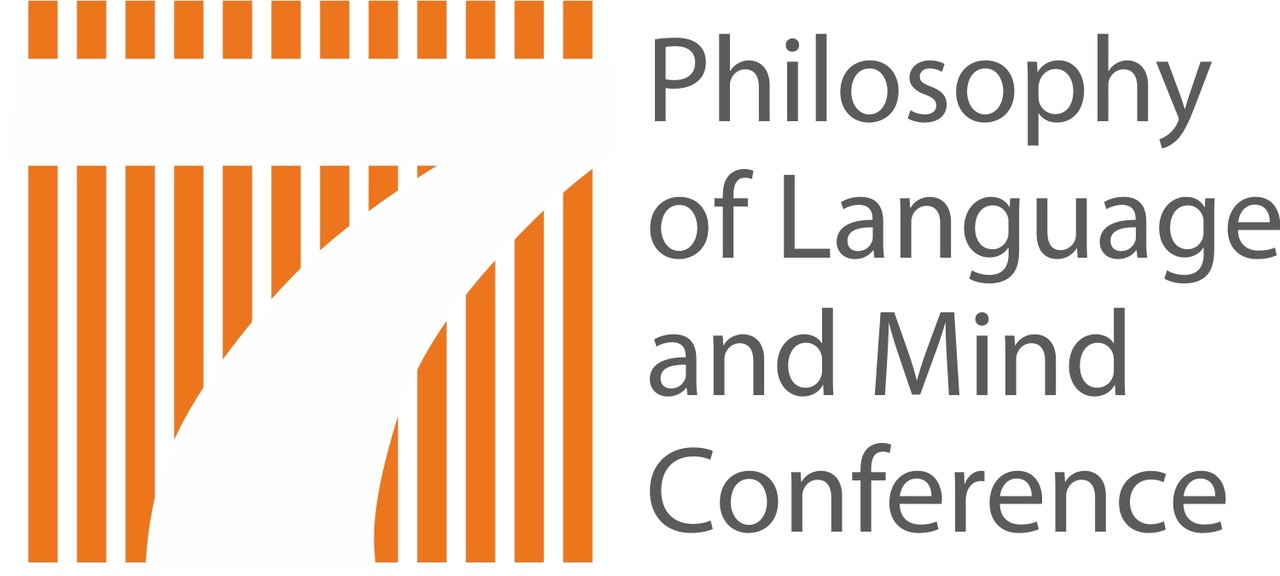Is the term ‘racist’ being applied so widely that it is losing its moral force? Theorists and pundits from across the political spectrum think that it is. They call such a change of meaning ‘conceptual inflation’ and argue that we should try to stop it by restricting the use of ‘racist’. But is there any evidence that ‘racist’ is becoming conceptually inflated? Economists do not track currency inflation with mere vibes; they use measurements such as the consumer price index. For example, using CPI, it is observable that there has been considerable US dollar inflation over the last three decades or so: $1.00 in 1989 has the purchasing power of $2.47 in 2023. Has ‘racist’ undergone a similar transformation, as critics of conceptual inflation contend? How could that be measured? Before plunging into the normative debate, we should gather systematic empirical evidence about whether the purported conceptual inflation of ‘racist’ is in fact happening. That is what we do in this paper: we use an apparent time study, a technique drawn from sociolinguistics (Bailey 2004), to measure whether ‘racist’ is undergoing conceptual inflation. An apparent time study looks at the linguistic behavior of people of different ages as a way of measuring linguistic variation over time. We make a distinction between two processes that constitute conceptual inflation: extension expansion and intensity bleaching. Across two pre-registered studies (n = 417 and n = 395), we find equivocal evidence that ‘racist’ has undergone extension expansion—its reference class may have slightly expanded—but no evidence that it has undergone intensity bleaching—meaning that its moral force remains the same. When we compare ‘racist’ with other terms that we have reason to think have undergone meaning change, like ‘queer’, we find that the conceptual inflation of ‘racist’, as it is standardly understood, is an illusion.
Blum (2002a, 31) gives a clear statement of the worry about the conceptual inflation of ‘racism’ and ‘racist’:
To name an act or a person “racism” or “racist” is particularly severe condemnation. But the terms are in danger of losing their moral force, for they have been subject to conceptual inflation (overexpansive usage) and moral overload (covering morally too diverse phenomena), thus inhibiting honest interracial exchange. (Blum 2002a: 31)
Blum also makes a causal claim that overuse of an expression leads to diminished moral force:
That overuse in turn feeds a diminishing of “racism”’s moral force, and thus contributes to weakened concern about racism and other racial ills. (Blum 2002b: 206)
For our experiments, we devised the following two questions to operationalize the two aspects of the purportedly changing use of “racist” that Blum identifies:
- Extension: What % of people do you think can reasonably be called ‘racist’?
- Intensity (of moral criticism): How bad is it for a person to be called ‘racist’?
If Blum is right, an apparent time study should show (a) an increase in the extension of ‘racist’ (that is, younger people should apply it to a higher percentage of the population)—what we call extensional expansion—and (b) a decline in the intensity of ‘racist’ (that is, younger people should find its use less bad than older people, because it now covers more diverse phenomena than it used to)—what we call intensity bleaching. If his causal claim is correct, we should at least see a (negative) correlation between larger extension and lower intensity associated with ‘racist’.
Participants responded to prompts about the extension and intensity of ‘racist’ and other expressions, including 'queer'.
We found that while the extension of ‘racist’ was slightly greater for young people than for old people, we did not find any difference in the intensity of ‘racist’ between the age groups. That contrasts with what we found with the expression ‘queer’, which showed differences in both extension and intensity between young people and old people.
Our results show that the apparent time method (comparing younger and older language users) is sensitive enough to detect meaning change, given the assumption that ‘queer’ has undergone some change in meaning over the past three decades. Moreover, while there has been extension expansion with ‘racist’, this change is smaller in magnitude compared to the extension expansion with ‘queer’. At the same time, while we found no evidence for intensity bleaching with ‘racist’, there has been intensity bleaching with ‘queer’, which is likely an effect from intentional reclamation efforts.
While we did find evidence that ‘racist’ has undergone some extension expansion (over 60s applied it more restrictively than the under 30s), we did not find any evidence in our two studies that ‘racist’ has either of the other two features that are typically combined in worries about conceptual inflation: intensity bleaching and an inverse correlation between extension and intensity. If the conceptual inflation of ‘racist’ is as rampant and problematic as many critics have proposed, our results should be surprising. We conclude by comparing worries about conceptual inflation to worries about moral and linguistic decline and argue that the conceptual inflation of ‘racist’, as it is standardly understood, is an illusion.
References
Bailey, Guy (2004). “Real and Apparent Time”, in J.K. Chambers and Peter Trudgill and Natalie Schelling-Estes (eds.), The Handbook of Language Variation and Change, Oxford: Blackwell.
Blum, Lawrence (2002) ‘I’m Not a Racist, But…’: The Moral Quandaries of Race. Ithaca, NY: Cornell University Press.
